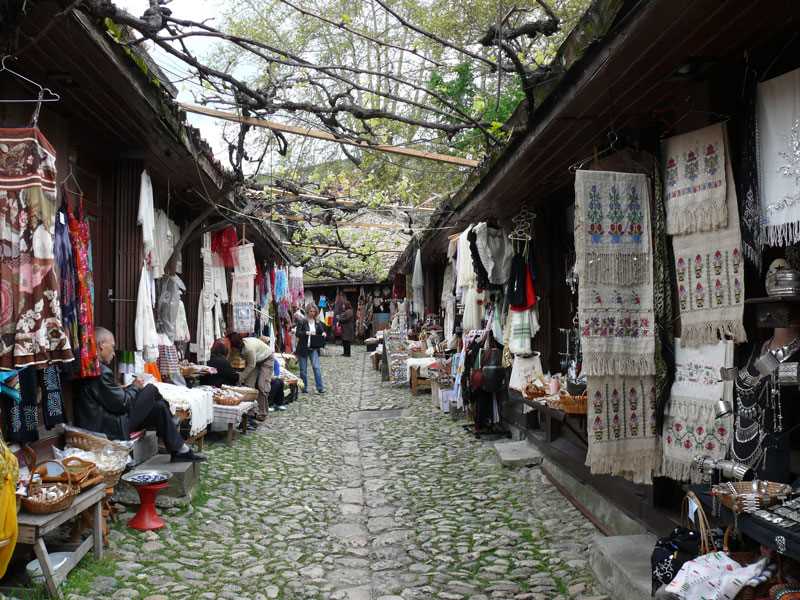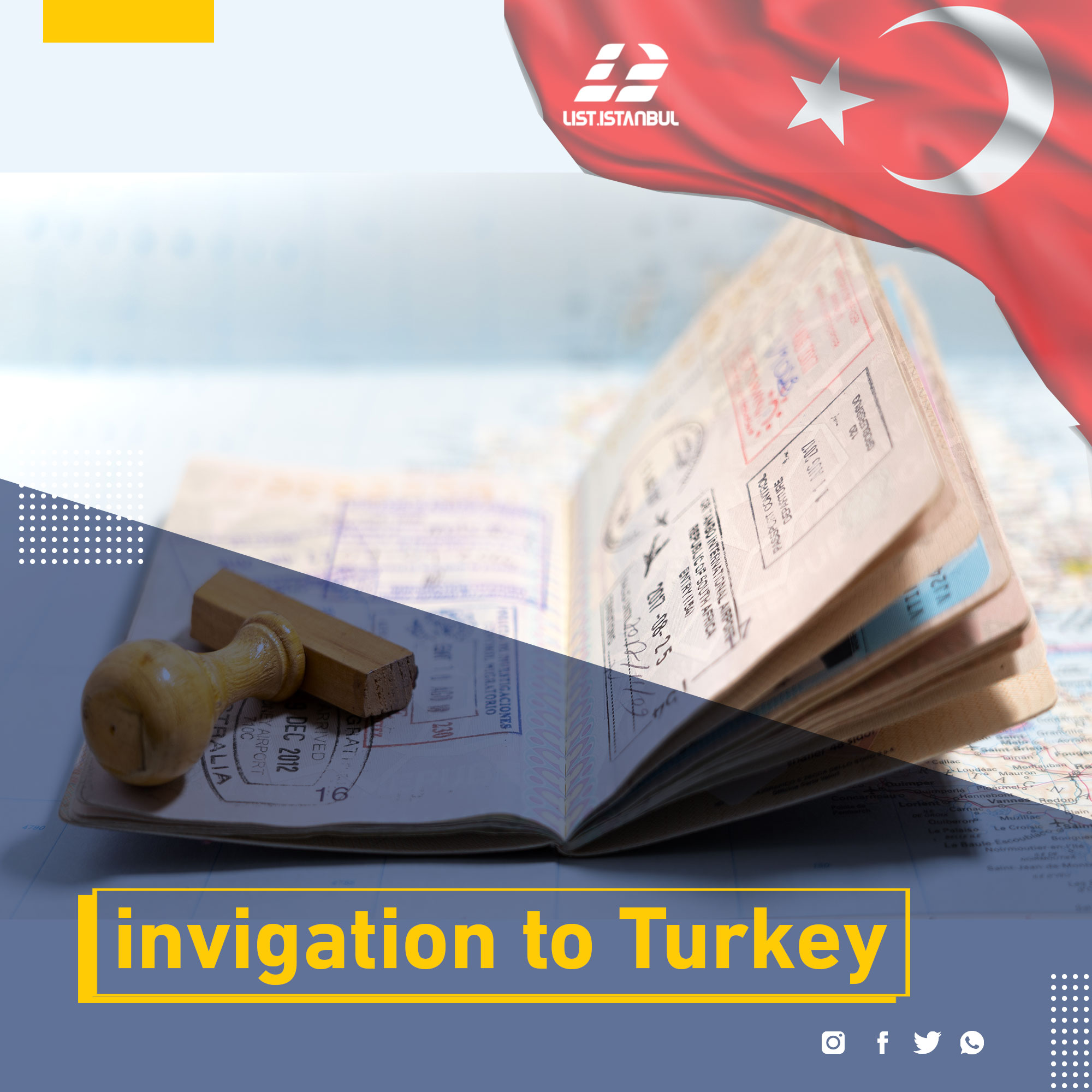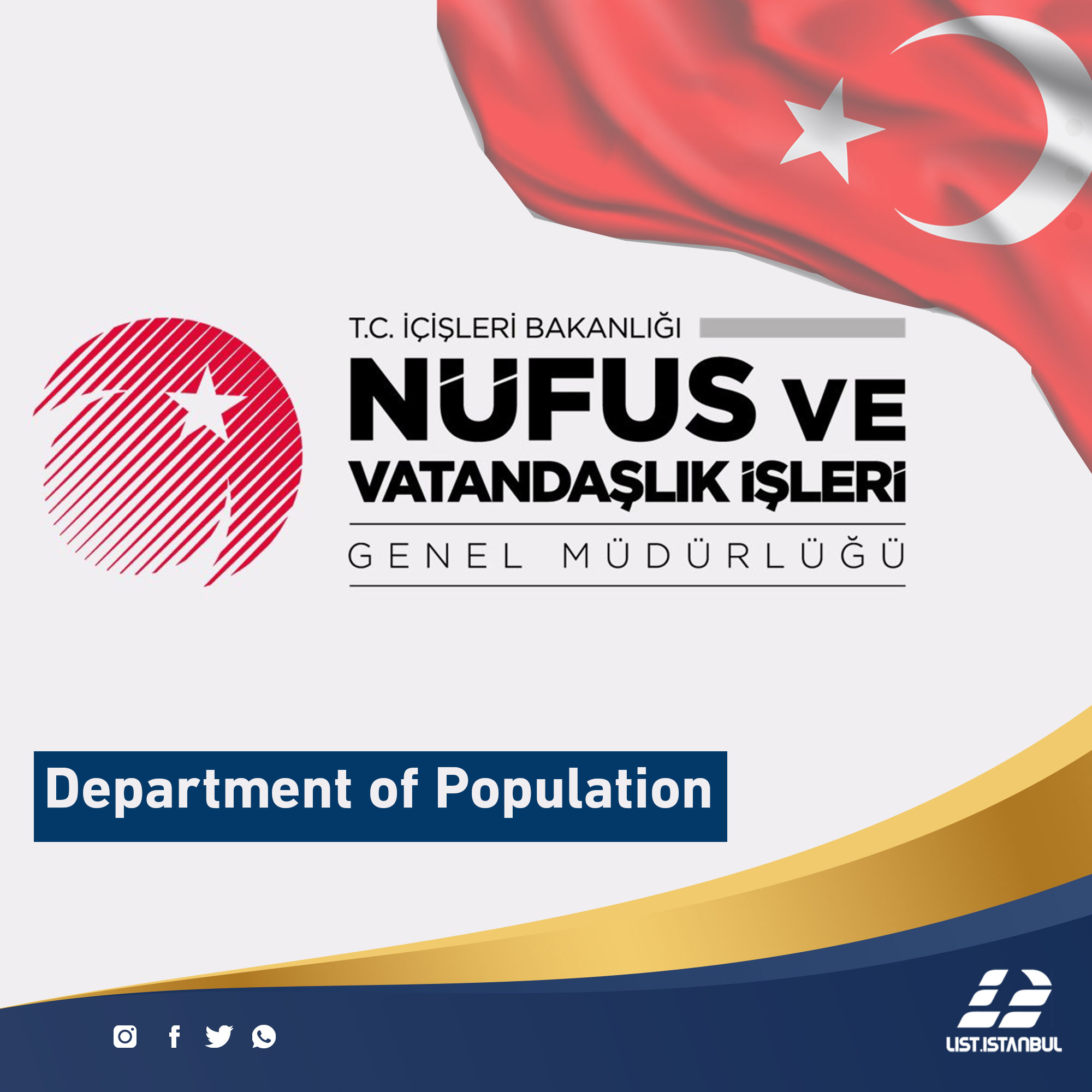One of Istanbul's historic markets. Located in the Sultanahmet district, directly behind Sultanahmet Mosque, in the European section of Istanbul.
The market contains more than 70 shops selling handcrafts such as fabrics, silk garments for Turkish bath, hand-made shawls and scarves, Turkish furniture engraved with drawings indicating the Ottoman period, Turkish hand-made luxury carpets, copper and ceramic pots made of ceramic and engraved Ottoman era, and natural Turkish soap. As well as antiques, statues and accessories representing the sultans of the Ottoman Empire, and paintings that symbolize the Ottoman Empire and the Ottoman era. In addition to this you will notice in this market is selling the blue eye, which believes in the Turks as a distance of envy, and other gift that refers to the most important historical and archaeological monuments in Turkey and Istanbul in particular.
History of the Arasta Market
In the Ottoman era, the supplies of the cavalry soldiers (Sebahi) were sold in the market of Arasta and were therefore called the Sebahi Market.
The market of Arasta was built by restoring ancient Byzantine ruins, as the market features were Byzantine ruins. In 1930 a Byzantine artifact was found in the excavations at the time and proved that the place was part of the ancient Byzantine palace.
The market was exposed at the beginning of the 20th century, specifically in 1912, to the ruins of the market. For many years it was transformed into a place of random housing until it was restored in 1980 by the General Directorate of Endowments and transformed into a commercial activity.








